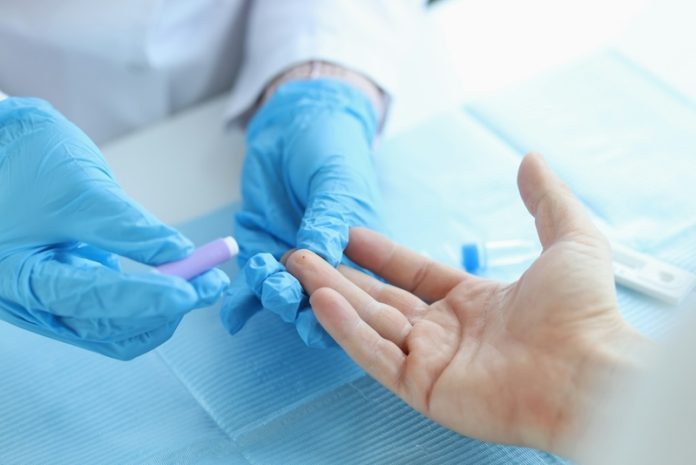
Inside our bodies is a small but powerful organ called the pancreas. One of its most important jobs is to produce insulin using special cells called beta cells. Insulin acts like a key—it helps sugar from the food we eat enter our cells, where it’s turned into energy.
If the body doesn’t make enough insulin, sugar builds up in the blood. This can lead to diabetes, a serious condition that affects millions of people around the world.
Now, researchers at Weill Cornell Medicine have discovered something surprising—not all beta cells are the same. Dr. James Lo and his team found that there are actually four different types of beta cells, each with its own role. This breakthrough was published in the journal Nature Cell Biology.
Among the four types, one group called “cluster 1” stood out. These cells are like the superheroes of the beta cell world. They make more insulin and are better at helping the body break down sugar. The researchers also found a special protein called CD63 on the surface of these cluster 1 cells, which helped them identify and study them more closely.
To make this discovery, the scientists used a technique called single-cell transcriptomics. This method lets them look at what each individual cell is doing—especially which genes are turned on.
Genes act like instructions inside the cell, telling it what tasks to perform. In the superhero beta cells, the genes responsible for making insulin and breaking down sugar were much more active.
But here’s the problem: in obese mice and mice with diabetes, these special cluster 1 cells were missing or greatly reduced. This meant the body couldn’t make enough insulin, making it harder to control blood sugar. The researchers wondered: what if we could bring these cells back?
So, they tested this idea by giving diabetic mice extra cluster 1 beta cells. The result was amazing—these mice were able to manage their blood sugar levels much better.
In contrast, when they received regular beta cells instead, it didn’t help as much. This suggests that cluster 1 beta cells are especially important and could become a powerful new tool for treating diabetes.
Even better news: both humans and mice have these cluster 1 cells, and they seem to behave in similar ways. This means the research could one day lead to treatments for people, not just mice.
Dr. Lo’s team is now working to understand why these superhero beta cells disappear in diabetes and how we might stop that from happening. They’re also looking at whether current diabetes medicines help or harm these cells. If we can learn how to protect or boost these powerful cells, it might lead to new ways to treat or even prevent type 2 diabetes.
This discovery is an exciting step forward in diabetes research. It gives hope that in the future, doctors might be able to help people by restoring or strengthening the body’s most powerful insulin-making cells.
And alongside this kind of cutting-edge research, simple lifestyle changes—like eating whole grains, blueberries, and getting enough vitamin D—can also support better health for people living with diabetes.
Every new discovery brings us closer to better treatments and a brighter future for those affected by diabetes.
If you care about diabetes, please read studies that MIND diet may reduce risk of vision loss disease, and Vitamin D could benefit people with diabetic neuropathic pain.
For more information about diabetes, please see recent studies that Vitamin E could help reduce blood sugar and insulin resistance in diabetes, and results showing eating eggs in a healthy diet may reduce risks of diabetes, high blood pressure.
Copyright © 2025 Knowridge Science Report. All rights reserved.



